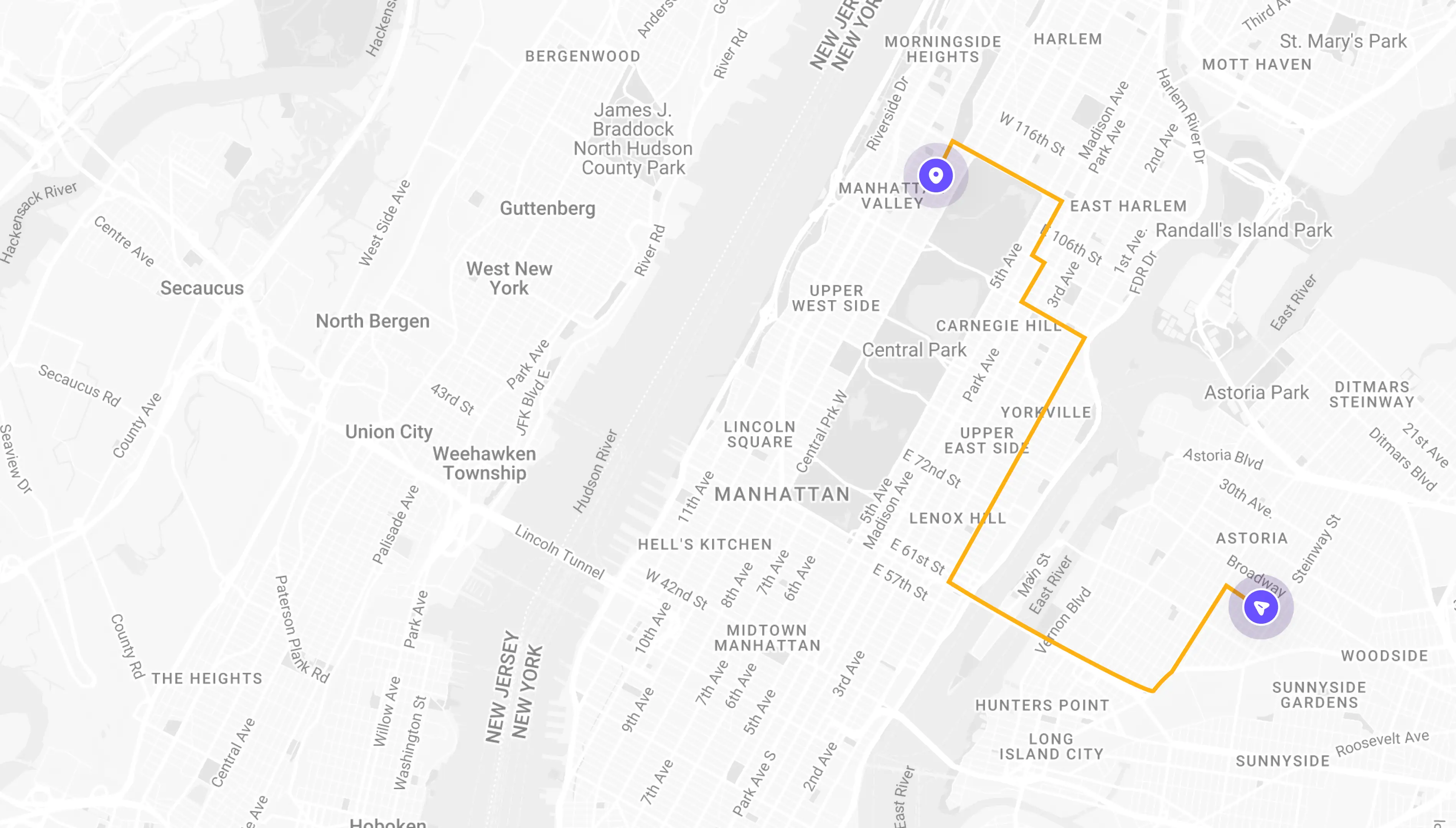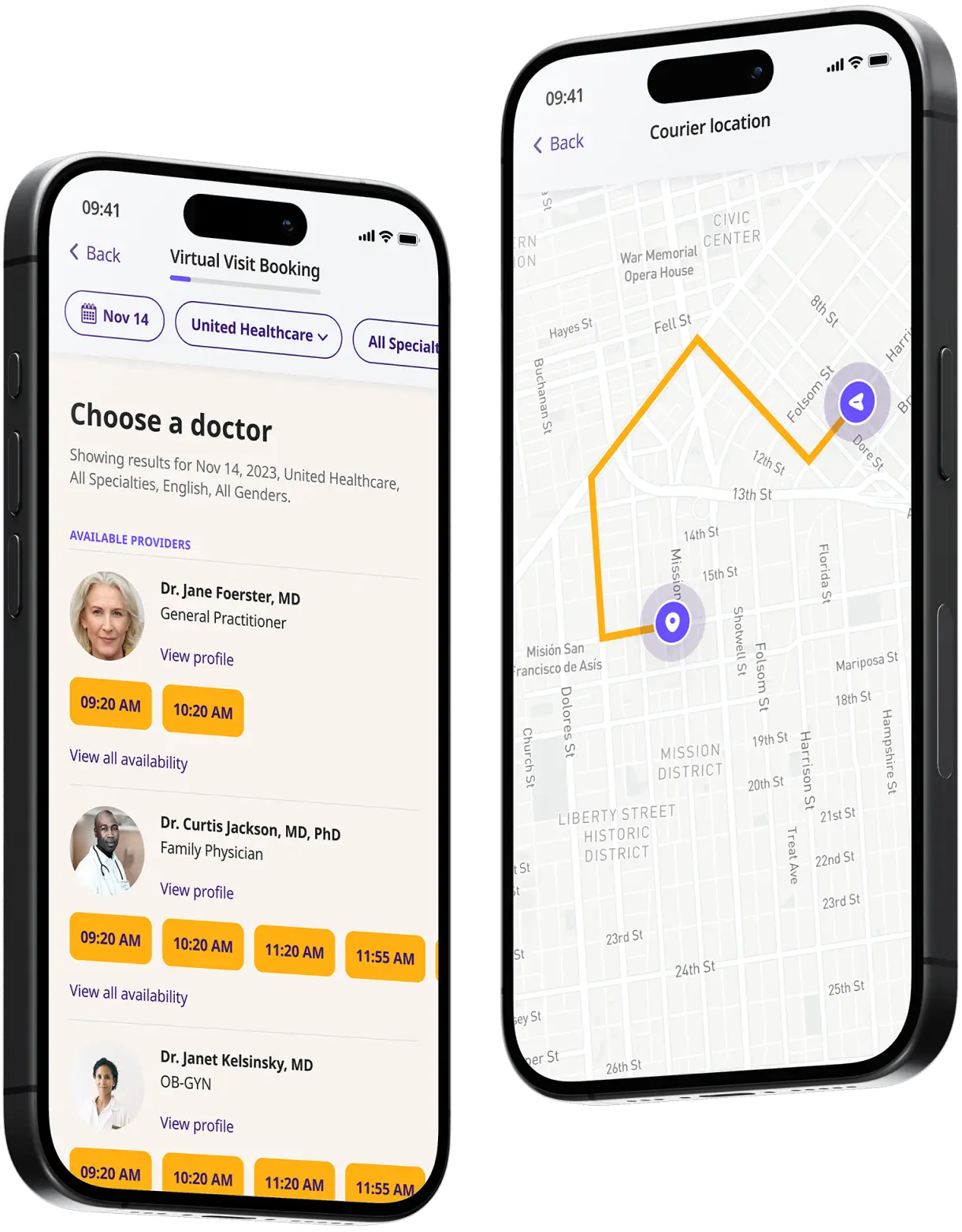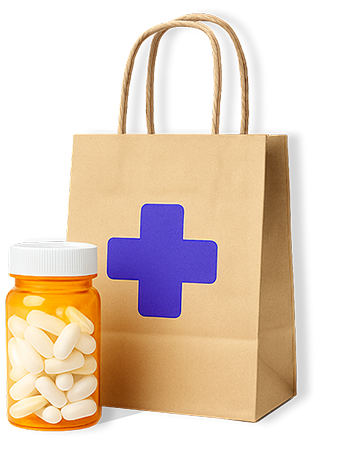Lice Treatment Online
Connect with an online doctor for fast and effective lice treatment tailored to your needs. Available 24/7!

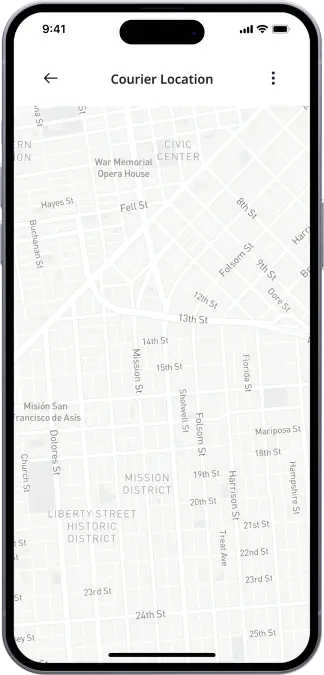
Available in 50 states. Insurance accepted.
Fast
virtual visits
24/7 care
assistants
Prescriptions
as needed

24/7 Personal Care
Consult with a physician in 15 minutes, refill an Rx or chat with our care assistants.

Affordable & Convenient
See your cost upfront and get treatment for hundreds of different conditions.

Insurance Accepted
We accept most major insurance plans, making healthcare easy and affordable.
See If Delivery Is Available Near You
Delivery Not Available
Enter your ZIP code to check if prescription delivery is available in your area and how soon your meds could arrive.
How to get started
Choose your doctor, start a virtual visit, and have your prescriptions sent to your preferred pharmacy for pickup — all in just a few easy steps.
Choose a doctor
Choose a physician by availability, specialty, ratings, and more.
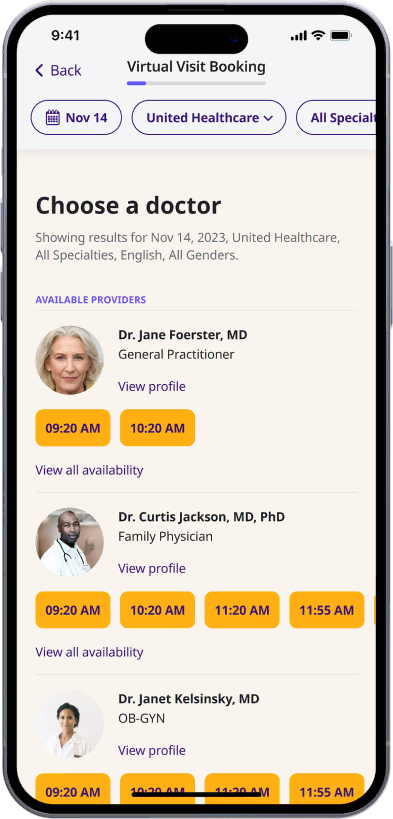
Start your video visit
Connect with a doctor in minutes on a secure video call.
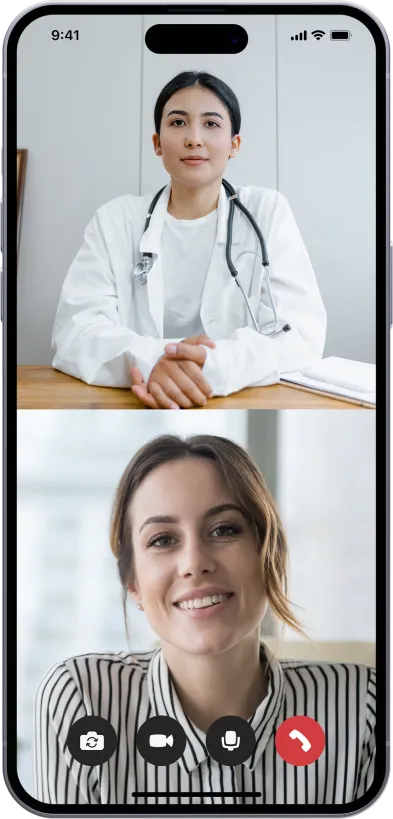
Get your prescription
Pick up your meds or have them delivered in as little as an hour.

Available in 50 states. Insurance accepted.
One-Time
Physician Visit
One-time visit with a physician for diagnosis, treatment, Rx, labs, referrals, and doctor’s notes.
Accepted Insurances
See why people turn to DrHouse...
As seen in

Lice Treatment Online
About lice
Lice are parasitic insects that infest the human head, body, and pubic areas, feeding on human blood. These pests cannot fly or jump; instead, they crawl, spreading primarily through direct head-to-head contact. This makes children, who play closely together, particularly susceptible to lice infestations. Contrary to common misconceptions, the presence of lice is not an indicator of poor hygiene.
Types of lice:
- Head lice (pediculus humanus capitis): Found on the scalp, neck, and ears.
- Body lice (pediculus humanus corporis): Live in clothing and move to the skin to feed.
- Pubic lice (“crab” lice, pthirus pubis): Located in the pubic area and can spread through sexual contact.
Transmission: Lice spread through direct contact with an infested person or through sharing personal items like combs, hats, and bedding. It’s important to note that lice cannot survive for long off a human host, typically not more than a day or two, which limits their ability to spread through non-direct contact methods such as lying on an infested bed or using a previously used towel.
Causes of lice
Lice infestations, while often associated with poor hygiene, actually have no correlation with cleanliness. They are caused primarily by direct human-to-human contact, particularly through the sharing of personal items or close living conditions. Here’s a breakdown of how lice are commonly spread:
- Direct contact:
- The most frequent cause of lice is head-to-head contact, which is common among children playing or during activities like sports and sleepovers.
- Sharing personal items:
- Lice can spread through the sharing of items that come into contact with the hair, such as hats, scarves, coats, brushes, and hair accessories.
- Contact with contaminated furniture:
- Although less common, lice can also be transmitted through furniture like beds, couches, and pillows, as well as other fabric-covered items that have recently been in contact with an infested person.
- Public spaces:
- Places like schools, daycare centers, locker rooms, and dormitories are common sites for lice outbreaks due to the close proximity of individuals and their belongings.
It’s important to note that lice cannot jump or fly; they can only crawl, making direct contact the primary method of transmission. Also, animals do not spread human lice.
Symptoms of lice
Here are the primary symptoms associated with the three types of lice (head, body, and pubic):
- Itching: The most common symptom of lice is itching, which results from an allergic reaction to the bites of lice. This itching can be especially intense on the scalp, neck, and shoulders for head lice, and in the genital area for pubic lice.
- Visible nits (eggs): Nits are lice eggs and appear like small white or yellowish dots that are firmly attached to hair shafts near the skin. They are most commonly found behind the ears and along the neckline at the back of the head for head lice.
- Lice on the scalp: You might actually see the lice on the scalp. They are tiny, the size of a sesame seed, and move quickly away from light.
- Red bumps or sores: persistent scratching can lead to small red bumps that may sometimes get infected. These are typically seen on the neck, shoulders, and scalp due to irritation caused by scratching.
- Irritability and difficulty sleeping: The itching and discomfort caused by lice can lead to sleep disturbances and irritability, particularly in children.
- Swollen lymph nodes: In some cases, the body’s reaction to lice bites can cause the lymph nodes in the neck or behind the ears to swell.
How to treat?
Treating lice effectively involves a combination of medication and hygiene practices aimed at eliminating both the lice and their eggs. Here’s a step-by-step guide on how to treat lice:
- Over-the-counter medications: Medicated shampoos or lotions containing permethrin or pyrethrin are commonly used to kill lice. These should be applied according to the instructions on the packaging. It’s crucial to follow the application directions closely and repeat the treatment as recommended, usually about 9 to 10 days after the first application to kill any newly hatched lice before they can reproduce.
- Prescription treatments: If over-the-counter treatments are ineffective (possibly due to resistance), prescription medications are available. These may include stronger topical treatments or oral medications.
- Manual removal: Using a fine-toothed nit comb to remove lice and nits from wet hair is highly effective, especially when combined with chemical treatments. The combing process should be thorough and may need to be repeated every few days to catch any new lice that may have hatched.
- Environmental cleaning: Wash all bed linens, hats, and clothing that the infested person has come into contact with in hot water (at least 130°F) and dry on high heat. Items that cannot be washed can be sealed in plastic bags for two weeks or dry-cleaned. It’s also advised to vacuum floors and furniture where the infested person has been.
- Avoid sharing personal items: To prevent the spread of lice, avoid sharing hair brushes, combs, hats, towels, bedding, and similar items. It’s important to clean these items thoroughly if they have been in contact with someone who has lice.
- Check and treat all household members: It’s crucial to check all family members for lice and treat them if necessary to prevent reinfestation.
Lice medication
Effective lice treatment involves a range of over-the-counter (OTC) and prescription medications. The choice of treatment should be guided by factors such as the age of the infested person, the type of lice (head, body, or pubic), and any previous treatments used.
Here’s a breakdown of commonly used lice medications in the United States:
- Over-the-counter treatments:
- Permethrin (Nix): A synthetic pyrethroid similar to natural pyrethrins. Permethrin lotion 1% is approved for use in individuals aged two months and older. It is applied to the scalp and hair and washed off after 10 minutes.
- Pyrethrins combined with piperonyl butoxide (Rid, A-200, Pronto, Clearlice): These are derived from chrysanthemum flowers and act as neurotoxins to the lice. They are safe for use on children two years of age and older. Treatment should be rinsed from the hair after 10 minutes and may need to be repeated in seven to ten days to kill any newly hatched lice.
- Prescription treatments:
- Malathion (Ovide): An organophosphate insecticide that is highly effective against lice and their eggs. It is approved for use in children aged six years and older. Malathion lotion is applied to dry hair, left to dry naturally, and then washed off after 8 to 12 hours.
- Ivermectin (Sklice): Originally used to treat other parasitic infections, ivermectin lotion 0.5% can be used on the scalp and hair without a prescription and is suitable for children over six months of age. It works by paralyzing and killing lice and their eggs.
- Spinosad (Natroba): Derived from soil bacteria, spinosad topical suspension is approved for use in children four years and older without a prescription. It is applied to dry hair and washed off after 10 minutes, with no nit combing required.
- Benzyl alcohol lotion (Ulesfia): This lotion suffocates lice but does not kill eggs; therefore, a second treatment is needed after seven days to kill newly hatched lice. It is approved for use in children six months and older.
How can DrHouse help?
DrHouse offers a comprehensive telehealth service accessible 24/7, ensuring that expert medical consultation is just a click away. With a wide range of conditions covered, patients can receive guidance and treatment for lice infestations along with other health issues from the comfort of their home.
DrHouse provides numerous advantages for patients seeking convenient and efficient healthcare solutions. Here are some key benefits:
- 24/7 accessibility: Patients can consult with licensed healthcare professionals anytime, making it easier to get timely advice and treatment without waiting for office hours.
- Convenience: Avoid the hassle of traveling to a clinic; consultations can be conducted from the comfort of home, reducing time spent on appointments and eliminating the need for childcare or transportation.
- Personalized care: Each patient receives tailored recommendations and treatment plans based on their specific health needs, ensuring a more personalized healthcare experience.
- Comprehensive services: In addition to lice treatment, DrHouse covers a variety of medical conditions, allowing patients to address multiple health issues with one service.
- Privacy and comfort: Patients can discuss sensitive health issues in the privacy of their own space, making it easier to talk about conditions like lice infestations without embarrassment.
- Quick follow-up: If further treatment or follow-up is necessary, additional consultations can be easily scheduled, streamlining the care process.
Don’t let lice infestations disrupt your peace of mind. Download the DrHouse app today and get expert medical advice and treatment for lice infestations from anywhere, at any time.
Frequently asked questions

